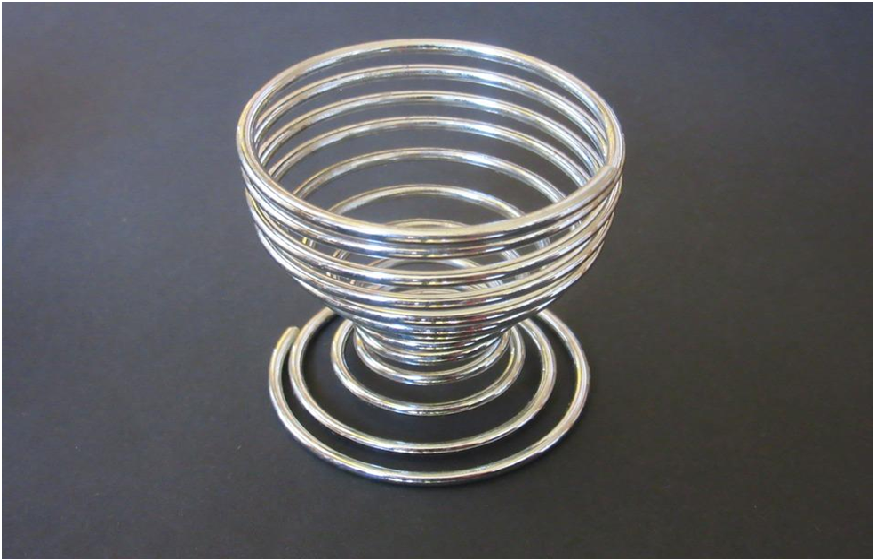Everyone loves a little chrome, but it is not just for appearance. When performed to an industrial standard it provides a hard, durable surface that resists corrosion, reduces friction and improves conductance. Nickel plating is not dissimilar: it too is hard and protective and can be polished to an attractive glossy finish. Although they are sometimes used in combination, it is usually more cost effective to choose between them.
Chrome is usually electroplated, meaning the component is immersed in a chemical bath and an electric current deposits chrome onto the surface. Nickel is usually used in combination Loan management software with phosphorus (2-15%) and can be deposited onto surfaces catalytically without a current, hence it is called electroless plating (there is also an electrolytic nickel plating method which creates a black surface). Each finish has advantages and disadvantages compared to the other.
The advantages of chrome plating
Chroming is sometimes performed for purely decorative purposes in which case only thin layers are applied. To distinguish industrial quality plating, it is often referred to as “hard chrome”. On balance, a chromed surface is harder and more durable than one plated with nickel, but not by much. The hardness, low-friction, and heat tolerance provided by chrome make the technique suitable for applying to drill bits, taps, and dies. Its low friction anti-stick surface makes it useful in injection molding. Motorists love chrome touches, but it is even more important for providing wear-resistance to parts like pistons and shock absorbers. Chrome is also used extensively in aerospace, notably in critical areas like landing gears.
The advantages of electroless nickel plating
A big advantage of electroless nickel plating for some products is its even deposition. Electrolytic processes have a tendency to build up thicker layers in some areas than others and may not reach into recesses. As a result, chromed items can need additional fettling to keep within tolerances, an unlikely problem when plating nickel.
Nickel is hard and durable, but slightly less so than chrome. The phosphorus content affects the properties of a nickel finish: a comparatively high content produces a softer but more corrosion-resistant finish, potentially higher than that from chroming. Nickel surfaces are at least as stick-resistant as chrome ones, and if required there are also methods that combine it with PTFE. Although capable of a high gloss finish nickel can have a slightly yellowish hue.
Chrome and electroless nickel plating both function admirably for an assortment of substrate materials. Since the plating stores onto all surfaces of the segment consistently in the plating tank, you can utilize the two metals for unpredictably molded articles, incorporating those with gaps and breaks.
Hardness Comparison
Hard chrome is, as the name infers, known for its hardness. This property encourages it to withstand the wear of modern use including extreme mechanical contact. As plated, it has a hardness of somewhere in the range of 68 and 72 on the Rockwell C Scale.
Electroless nickel can likewise shield segments from mileage that happens after some time, which causes parts to last more and sets aside organizations’ cash on upkeep and substitution costs. This material has a hardness of 63 on the Rockwell C scale as plated.
